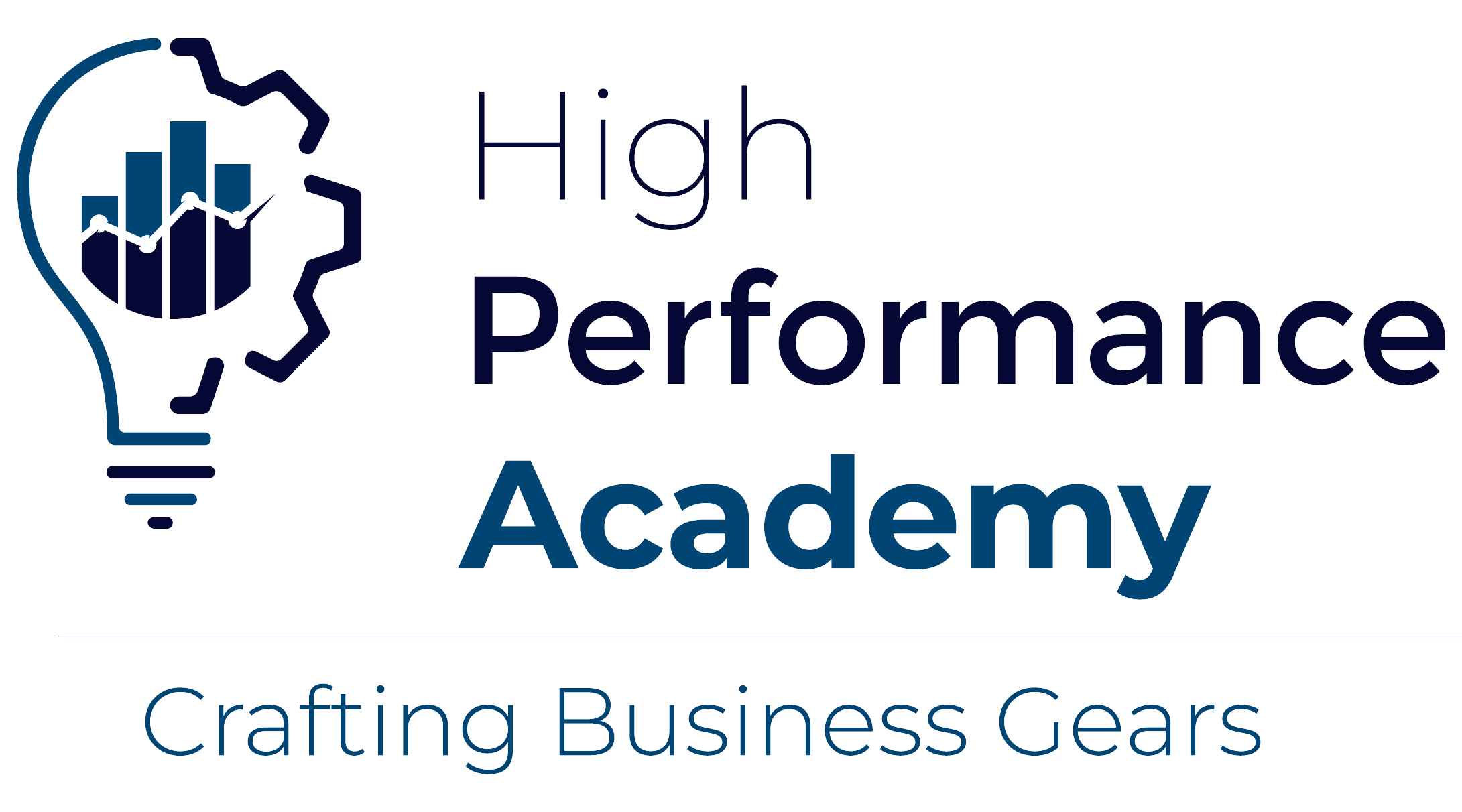What do you know about Inventory ?
The inventory is any item or resource used in the organization:
Your main Inventory which is deriving the revenue is the stock waiting for processing, under processing or experienced processing.
- Your Spare parts Inventory are not for production or for sale, it is not the main inventory for the business, it is only called inventory to be managed as inventory not to get revenue.
- Fixed assets inventory, it is managed as inventory, but also, not for production or for sales to derive revenue.
So , you need to define the product that you sell, to define your main inventory for production or for sales. If you sell cars, and you own cars for your employees, it is not inventory; it is part of your assets.
If you have spare parts to fix your production line machines, it is not inventory for production or sale, it is managed as inventory, but this is part of your assets. Inventory processes
Calculating the cost of products which you sell to achieve your revenue and profit is the main part to define your main inventory. Inventory processes
This is called COGS (Cost of Goods Sold) which is the product you sold to get your revenue and this is the real inventory for your business. Inventory processes
If you are a distributor or not manufacturing facility, it is easy to define your inventory, it is the product you buy to sell plus any other related items to be delivered with your product to your customer.
The defective raw material waiting for production, or the defective finished products you received from your customer or obsolesce stock, if it is not getting out from the books, it’s also part of your inventory.
Goods in transit, if you paid its related invoice, it is part of your inventory, even if you don’t receive it physically in your facility.
The goods waiting for inspection, if you paid its related invoice, it is part of your inventory.
If you export finished products and you can’t record its related invoice in your books, it is still part of your inventory; even if you get these products , physically, out of your facility
All of these mentioned points should be in your inventory policy as inventory definition.
If you have different policy in handling or defining your inventory in your books, you need to ensure the following:
- Appropriate categorizations are maintained within each main inventory classification
- All inventories and related provisions are accurately categorized, valued and correctly reported quarterly on the Balance Sheet.
- Any monthly reconciliation differences to be resolved within 30 days of reconciliation date and all discrepancies to be resolved within 3 months of stock take
- Physical and financial records exist and are in line on at least a monthly basis.
Mr Ali Hussien Managing Director at hpa
Tag:Supply chain



